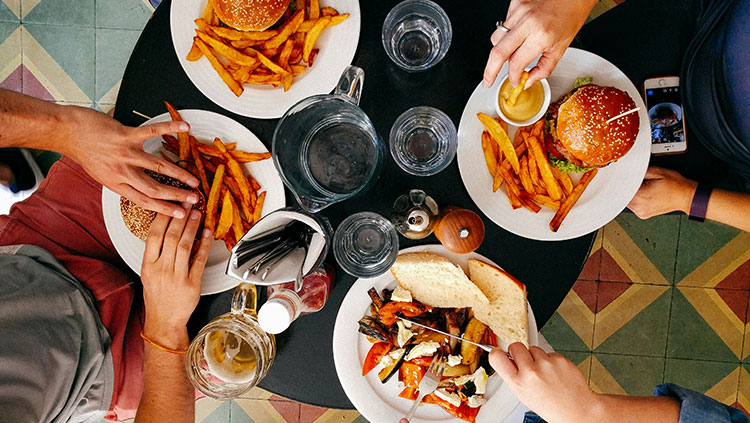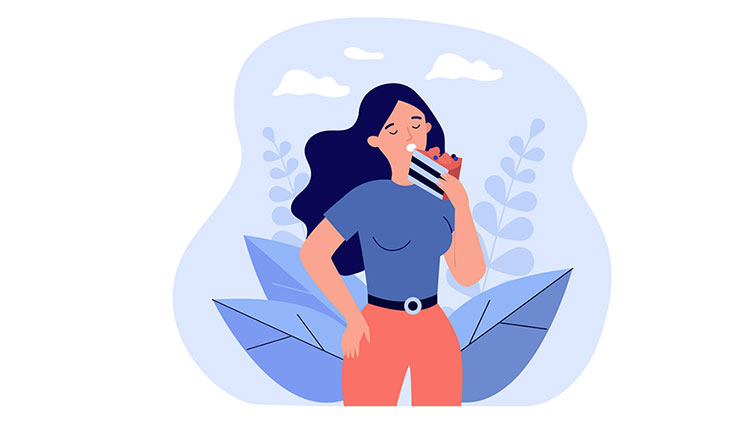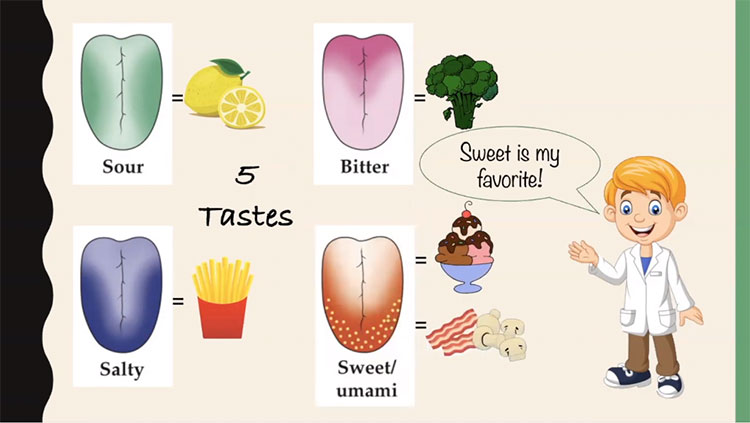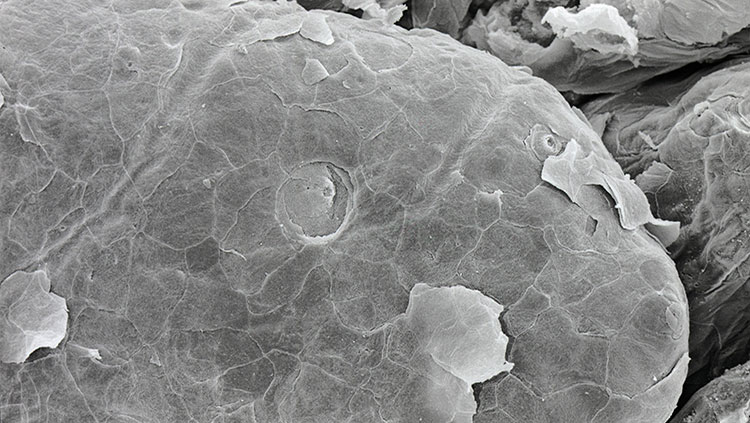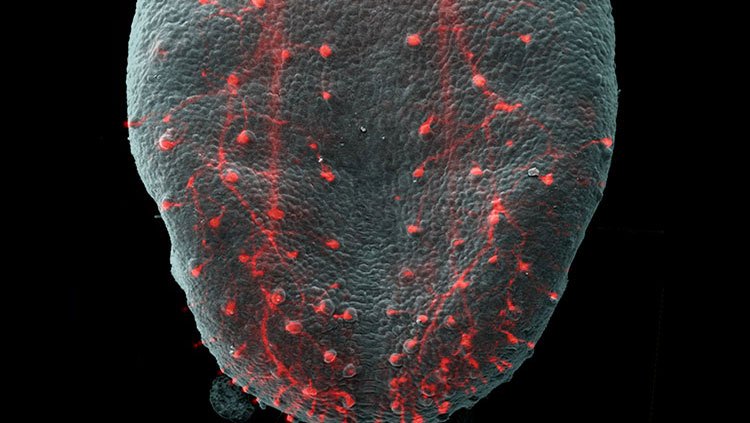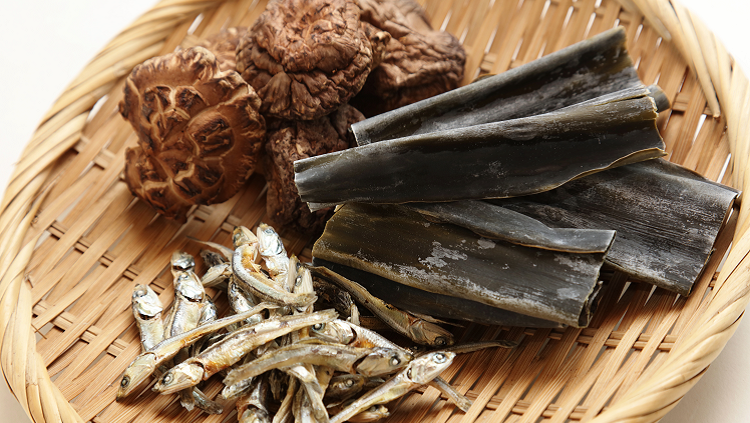Brain Freeze
- Published14 Jul 2014
- Author Leanne Boucher
- Source Speaking Honestly - Animal Research Education
I can’t resist them. Especially on the hot, humid days that are commonplace here in South Florida. The first sips are heaven and the rest are like hell gone wild in my brain as I sweat from the heat outside my body.
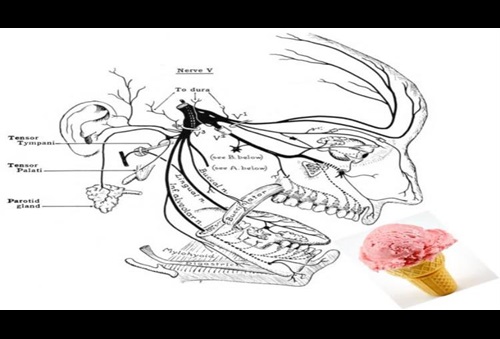
Yet hope springs eternal, and after a minute or two, I begin the process again. Such is the way of eating an ice cream or a slushie and getting a brain freeze, otherwise known as sphenopalatine ganglioneuralgia. Say that five times fast and you’ll get more than an ice cream headache! So what’s going on here? You have several cranial nerves which enervate your face and mouth, one of those is called the trigeminal nerve (or cranial nerve 5, or CN V) and is the largest of all 12 cranial nerves. One of the functions of CN V is to transmit sensory information from your face and mouth to the brain. When you eat something really, really cold like ice cream or a slushie, the cold first constricts the blood vessels in your mouth. Then as you swallow the cold yummy substance, the blood vessels dilate. This causes a rapid change in blood flow which your brain interprets as PAIN!
There has been some research on the topic of ice cream headaches – most of it trying to figure out if ice cream headaches are related to migraines. In a survey of over 8,300 adolescents, Fuh, Wang, Lu, & Juang (2007) found that about 40% of kids reported that they experienced ice cream headaches, with boys and older kids reporting them more frequently. Interestingly, they also found that kids who reported that they suffered from migraines, also suffered more ice cream headaches. So what’s an ice cream lover to do?
No treatment is usually required, and sufferers rarely seek medical attention [for the ice cream headaches]. Since the posterior aspect of the palate is most likely to produce the referred pain of ice cream headache, avoiding contact of the cold food with this area can effectively eliminate the symptoms. Most people arrive at such preventive measures without the advice of doctors. Ice cream abstinence is not indicated.” (Hulihan, 1997, p 1364, emphasis is mine).
Well thank goodness! Eat it slow and avoid contact with the back part of the roof of your mouth. I can do that. Pardon me while I go ingest a large cone of Ben and Jerry’s Coffee, Coffee, Buzz, Buzz, Buzz…
CONTENT PROVIDED BY
Speaking Honestly - Animal Research Education
References
Also In Taste
Trending
Popular articles on BrainFacts.org



